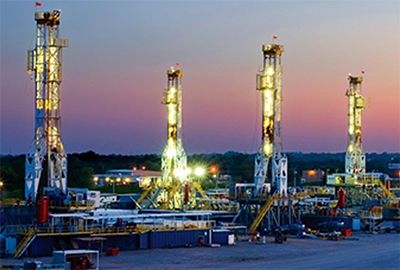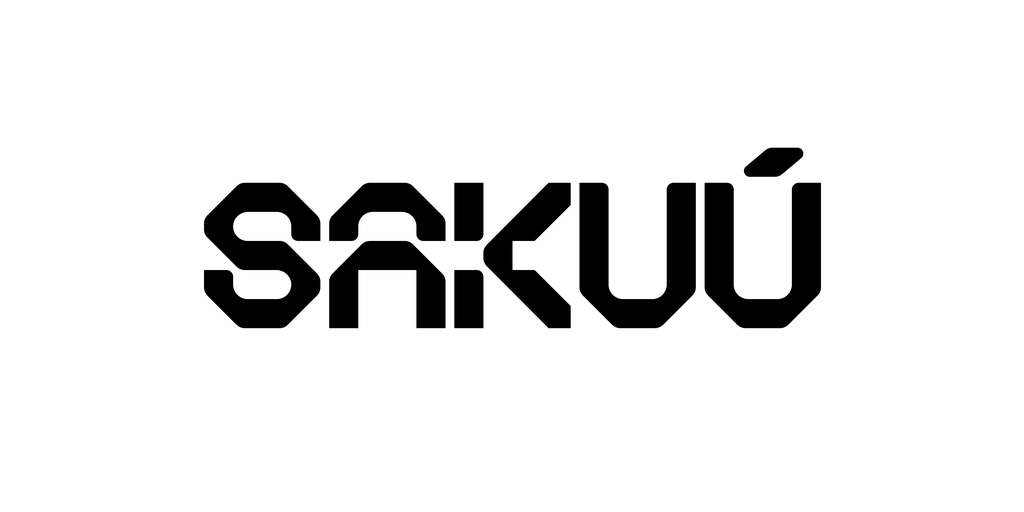Anglo American-owned iron ore miner Kumba says it has now completed a full technical review of its ultra-high-dense-media-separation (UHDMS) processing technology project at its Sishen mine in the Northern Cape of South Africa.
Following this review Kumba has announced board approval for a further ZAR7.6 billion investment in the UHDMS project, in addition to the ZAR3.6 billion previously approved in February 2021, bringing the total capital investment to ZAR11.2 billion, which equates to over US$630 million.
To date, ZAR1.8 billion has been spent on the detailed engineering design, earthworks and the technical review. The remaining ZAR9.4 billion will be invested between the second half of 2024 and the end of 2028, in line with the phasing of the project, with full capacity expected to be achieved by the end of 2028.
Mpumi Zikalala, CEO of Kumba, said: “This investment demonstrates our focus on value over volume. Through utilising UHDMS processing technology, we can treble the proportion of premium iron ore product from our world-class Sishen mine. Premium iron ore is increasingly highly valued by our customers because it reduces carbon emissions from the steelmaking process and so plays a key role in green steel production. This supports higher margins and a compelling return on investment as well as creating a new pathway to extend Sishen’s life to 2044.”
She adds: “The UHDMS processing technology will provide Kumba with an enhanced ability to respond to future customer requirements and improve flexibility across the value chain. The implementation will be phased over four years to ensure safety and operating stability across the site during construction whilst maintaining disciplined capital allocation. This major investment is also a clear demonstration of our long-term commitment to South African mining and to our host communities in the Northern Cape.”
Notwithstanding the UHDMS step, she said Kumba’s work continues with Transnet, the Ore User’s Forum and government through the National Logistics Crisis Committee (NLCC) to improve the logistics performance. “We are encouraged by the policy reforms and the value that this will bring to the turnaround of the performance of the logistics network to the benefit of all our stakeholders.”
The UHDMS project will convert the current dense-media-separation (DMS) processing plant at Sishen to UHDMS technology. This technology uses specialised ferrosilicon in the plant processing of raw iron ore and allows greater flexibility to process a wider range of Fe grades and densities. The implementation of the technology will improve the proportion of premium iron ore and lower the waste stripping ratio, while maintaining the lump:fine ratio.
The technology partner or supplier was not named, but back in 2013, Tenova Bateman (now SGS Bateman) supplied a 50 t/h modular pilot UHDMS plant to Sishen, following Kumba and Exxaro Resources signing a Joint Development Agreement in April 2012 to commercialise the UHDMS technology concept developed by Exxaro.
This plant has been used to demonstrate the commercial feasibility of separating iron ore at operating densities above 4.2 g/cm3, using the cyclone-based UHDMS technology and offers Kumba the ability to improve separation efficiencies beyond that of the existing Sishen Jig Plant in some particle size fractions.
Sishen produces iron ore at an average Fe content quality of ~64% and an average lump:fine ratio of 70:30. UHDMS technology is expected to increase the volume of premium iron ore to ~55% of Sishen’s production, up from the current ~18%. This is expected to increase the product premium by US$2-3/t on average above lump and Fe premiums. Furthermore, by reducing the mining cut-off grade to 40% Fe from the current 48% Fe, the waste stripping ratio improves to ~3.3 from ~3.9, resulting in 15 Mt/y less waste mining required and a significant reduction in the cost of mining. This project also creates the potential to extend Sishen’s life of mine up to 2044.
Overall, the ZAR11.2 billion total investment in the UHDMS technology is expected to result in an EBITDA margin of more than 50% and an IRR of over 30%. The additional capital of ZAR7.6 billion largely relates to an increase in engineering design maturity and the execution period as a result of phasing the upgrade and conversion of the modules to improve safety and operational stability.
The implementation will follow a modular approach with six UHDMS coarse modules out of eight and five fines modules out of seven being converted. The project will commence in November 2024, with the main tie-in of the project in 2026, and the plant reaching full capacity by the end of 2028. During the implementation phase, the modules not under construction, as well as the jig plant, will continue to run, and production will be supplemented by finished product stock.




